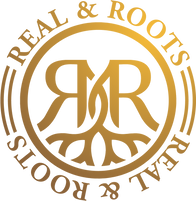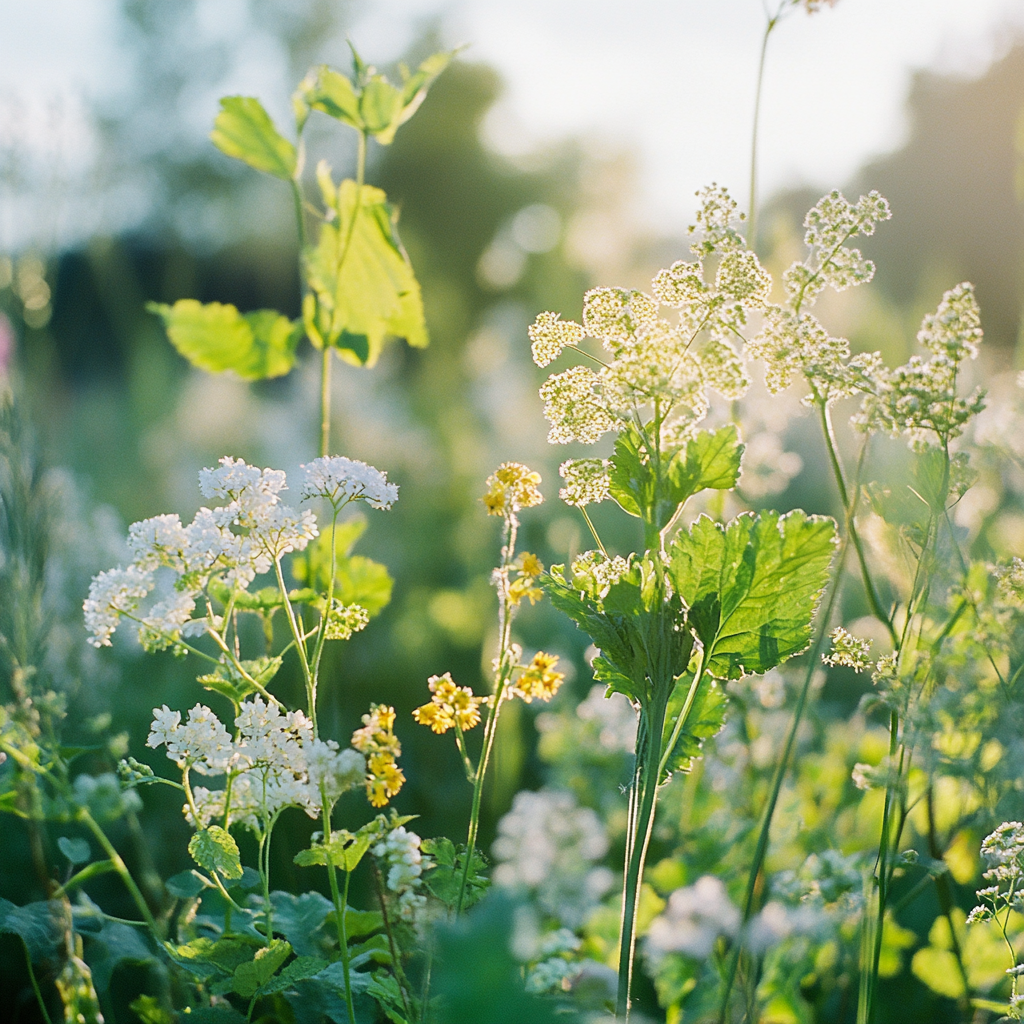Plant Pharmacopoeia: Apothecaries, Traditions and Mediterranean Heritage

History of the Plant Pharmacopoeia: Apothecaries, Traditions and Mediterranean Heritage
Since the dawn of civilization, man has always looked to nature for ways to relieve his ills. Plant pharmacopoeia, or the art of healing with plants, is based on thousands of years of learning, discovery, experimentation and transmission. From the earliest civilizations of Mesopotamia to medieval Europe, plant remedies were the foundation of medicine.
Today, recourse to nature is still an invaluable resource for modern medicine, which takes up certain ancestral practices while enriching them with contemporary science.
The First Civilizations : Aux Sources des Remèdes Végétaux
- Mesopotamia: The first medicinal tablets
The earliest traces of the use of plants for healing go back to Mesopotamia. As early as 3000 BC, the Sumerians consumed plants such as thyme and myrtle, and their knowledge was engraved on clay tablets. This is where the relationship between man and medicinal plants took root.
- Ancient Egypt: The Kyphi and the Ebers Papyrus
In Egypt, priests used complex herbal preparations to treat illness and purify temples. The famous kyphi, a sacred incense, was composed of more than a dozen plants, while the Ebers Papyrus (dating from 1550 BC) is a veritable compendium of herbal remedies, documenting the use of aloe, myrrh resin and other plants still in use today.
Apothecaries: Heirs to Ancient Knowledge and Royal Recognition
- The Birth of Apothecaries
From the Middle Ages onwards, apothecaries played a central role in European society. These practitioners specialized in the preparation and sale of herbal remedies. Their knowledge was passed on from master to apprentice, and their expertise was invaluable in an age marked by disease and epidemics.
In 1258, King Saint Louis officially granted status to the apothecaries of Paris, distinguishing them from physicians. They were then the guardians of the pharmacopoeia, with the mission of preparing remedies rigorously and accurately, thus contributing to public health.
- Monasteries: Cradles of Botanical Knowledge
During the Middle Ages, monks in monasteries preserved and developed knowledge of medicinal plants. Simple gardens, dedicated to medicinal plants, were cultivated to create remedies based on lavender, mint or rosemary. This tradition lives on to this day, with remedies such as lemon balm water and rose water produced in abbeys and used for their calming and revitalizing properties.

The Long Apprenticeship of Plants: From Tradition to Modernity
- Traditional practitioners: Guardians of local knowledge
In many cultures, particularly in Africa, traditional healers perpetuate age-old knowledge of medicinal plants. These healers still use plant-based decoctions, infusions and poultices to treat many ailments. Modern medicine's recognition of ancestral practices shows the importance of this traditional knowledge in the development of new therapeutic solutions.

- The Emergence of Chemistry and the Evolution of Pharmacopoeia
In the 17th century, with the emergence of chemistry, apothecary practices evolved towards a more rigorous science. Numerous molecules derived from plants were isolated and synthesized. Aspirin, for example, derived from willow bark, or the cardiotonic properties of foxglove, revealed that nature offered immense scope for the development of new medicines.
Asian Medicines: A Millenarian Tradition Still Alive
- Traditional Chinese Medicine
In Asia, plants have always played a central role in traditional medicine. Chinese medicine is based on the use of plants such as ginseng, ginger and licorice root, working in synergy to restore the balance between yin and yang in the body. These plants are still highly prized today, whether to stimulate vital energy or to treat specific imbalances.
- Ayurveda: The Science of Life
In India, Ayurveda is one of the world's oldest forms of medicine, using plants such as ashwagandha and turmeric to prevent and treat imbalances. This knowledge has survived the centuries and continues to inspire modern medicine with its holistic approach to well-being.

Nature, Inexhaustible Source of Remedies
Today, more than ever, nature continues to offer an immense field for medical research and innovation. While modern chemistry enables us to explore the properties of plants in depth, traditional remedies and ancient practices are regaining their place in natural health solutions. Plant-based pharmacopoeia remains a fundamental pillar for treating, preventing and improving quality of life, in a harmonious alliance between tradition and modernity.




